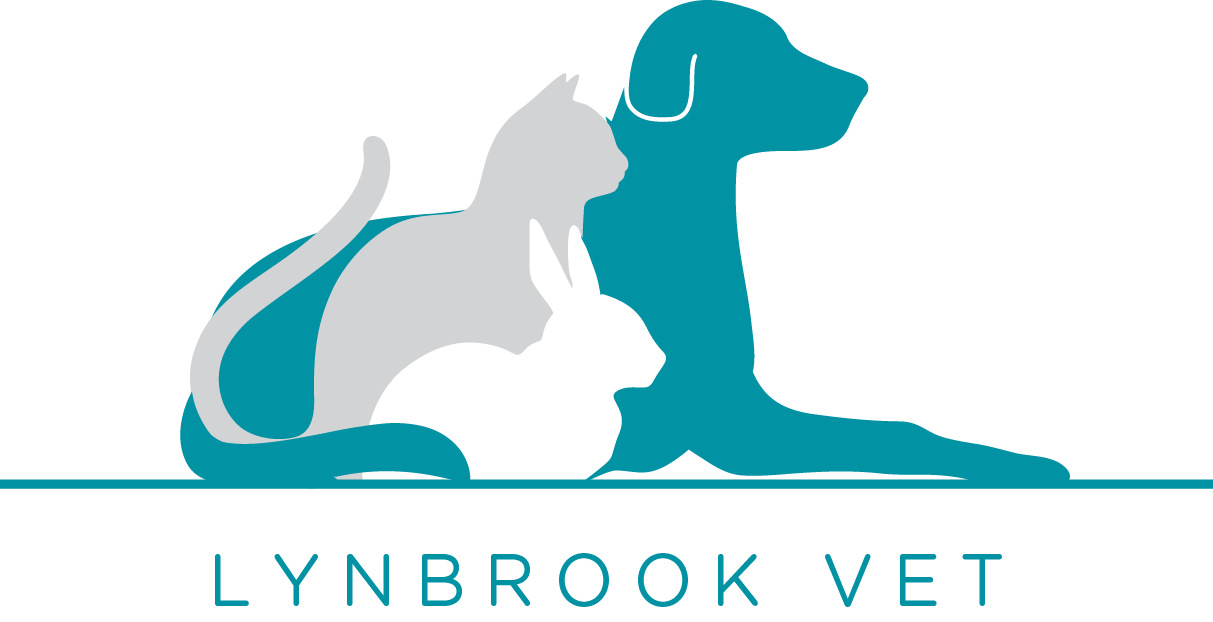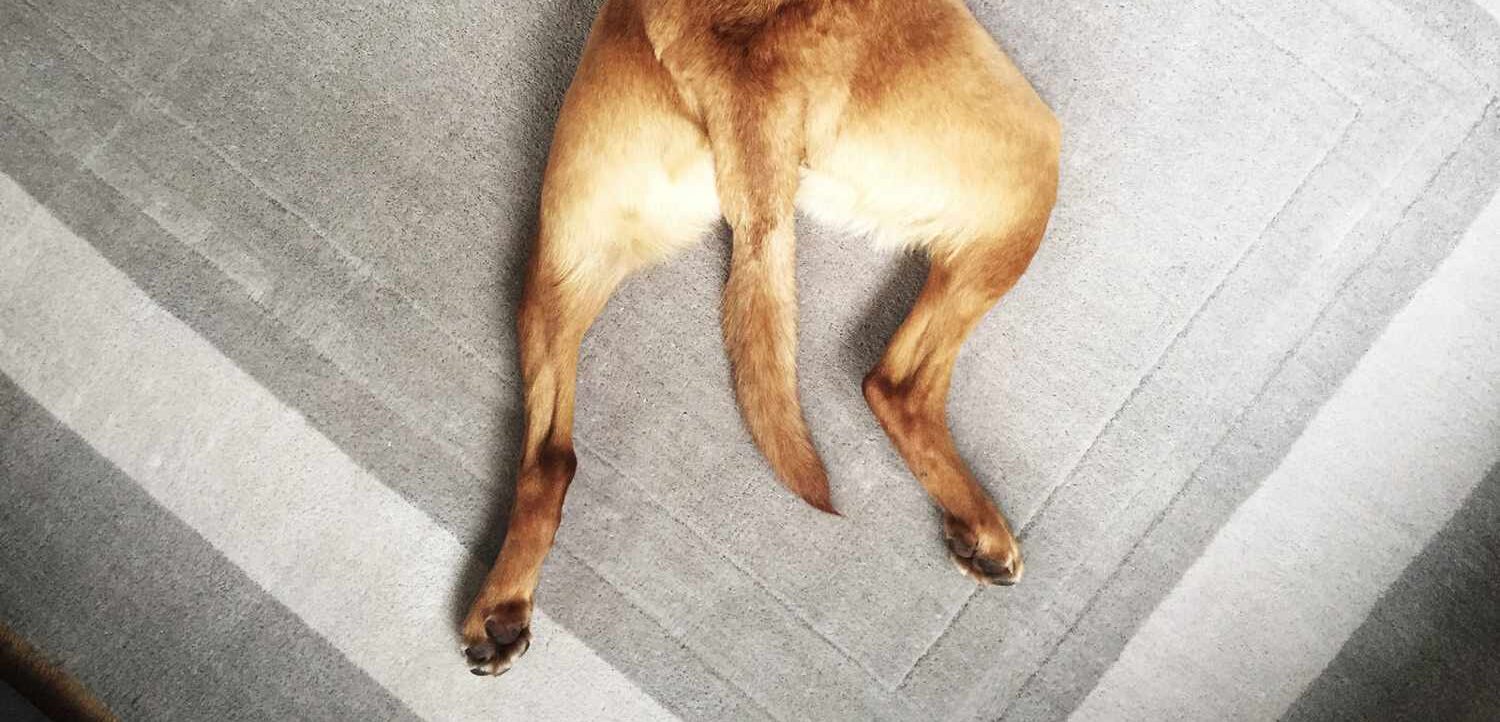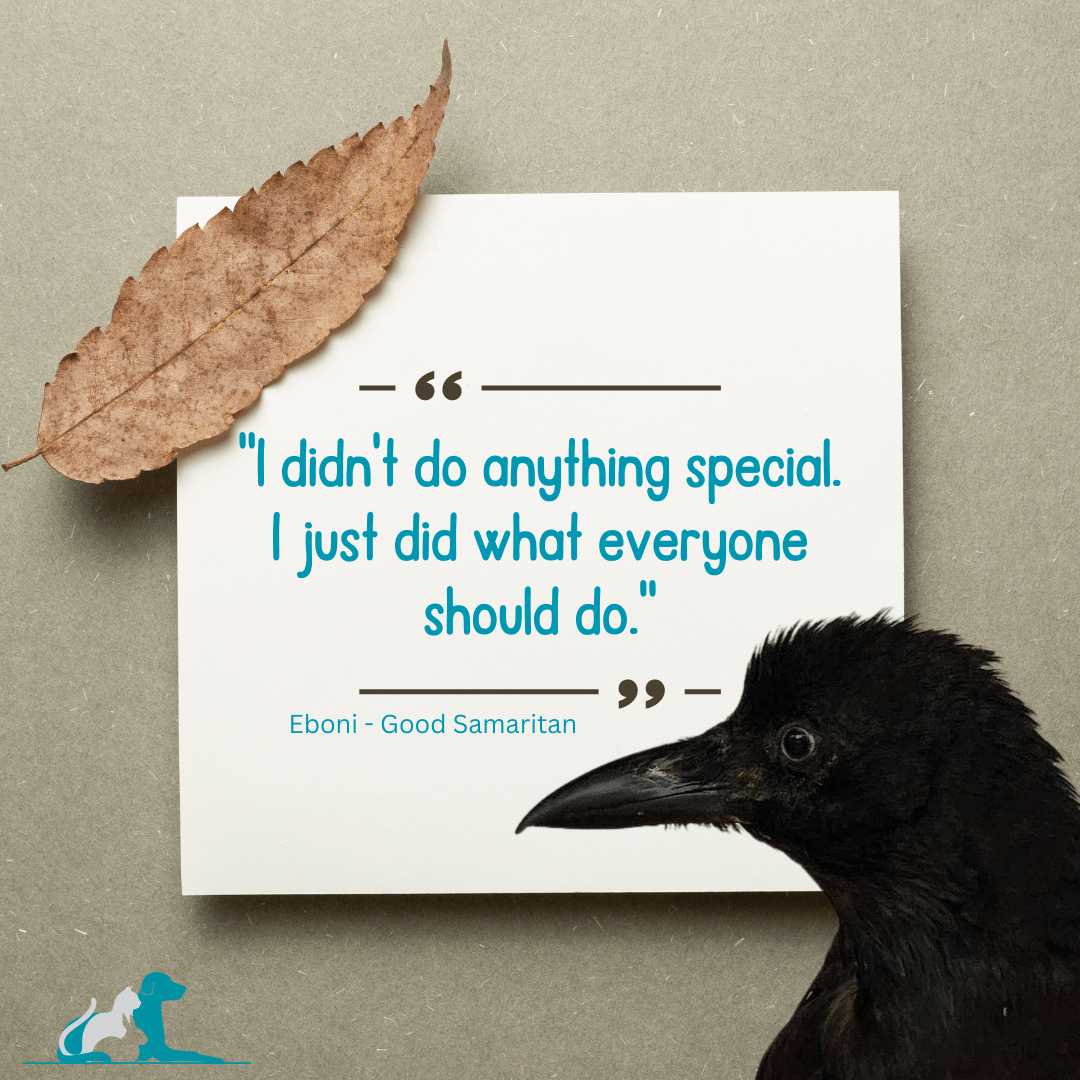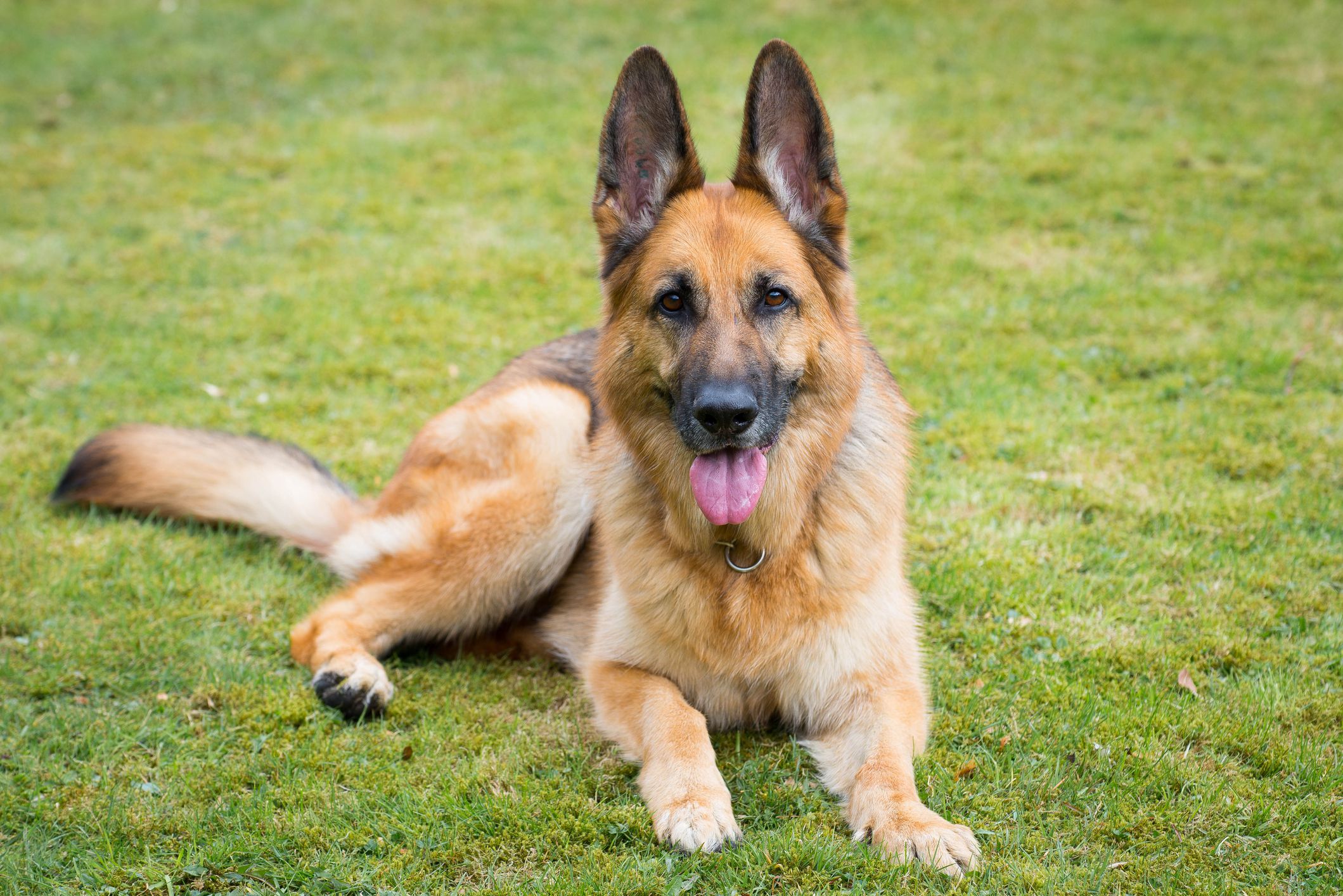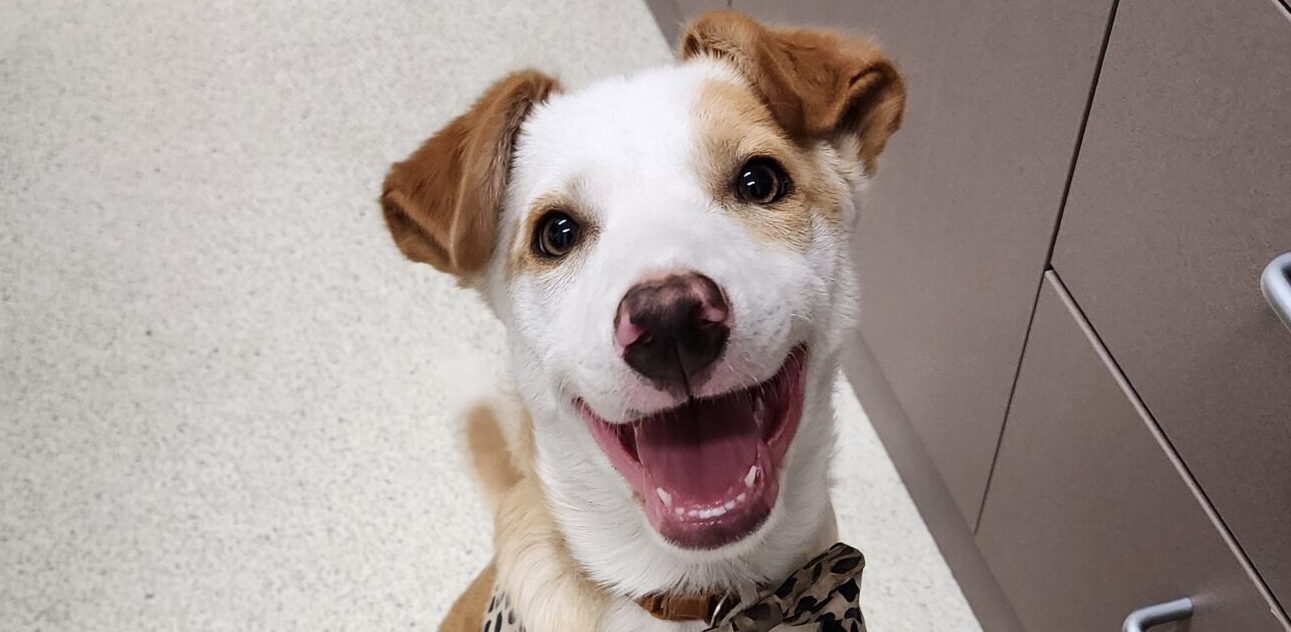What is the Patella?
The patella, commonly known as the kneecap, is a small, flat, circular bone located at the front of the knee joint. It sits within a groove at the end of the femur called the trochlear groove. The patella connects the femur (thigh bone) to the tibia (shin bone). As the knee bends the patella slides up and down within this groove with the support of surrounding ligaments.
What is a "Luxating" Patella?
A luxating patella, refers to when this small bone shifts or dislocates out of its normal position, usually towards the inside or outside of the knee joint. This luxation can be temporary or permanent, leading to various degrees of pain and mobility issues.
What Causes a "Luxating" Patella?
Luxating patella’s can be congenital, meaning they are present at birth due to genetic factors.
They can also develop over time due to injury or wear and tear on the knee joint.
A common cause of luxation is misalignment of the patellar ligament which connects the muscles of the femur to the tibia. As the knee repeatedly bends, this misaligned ligament pulls the patella towards one side of the knee joint, usually the inner side. Over time this causes wear to that side until the patella can pop easily outside the trochlear groove.
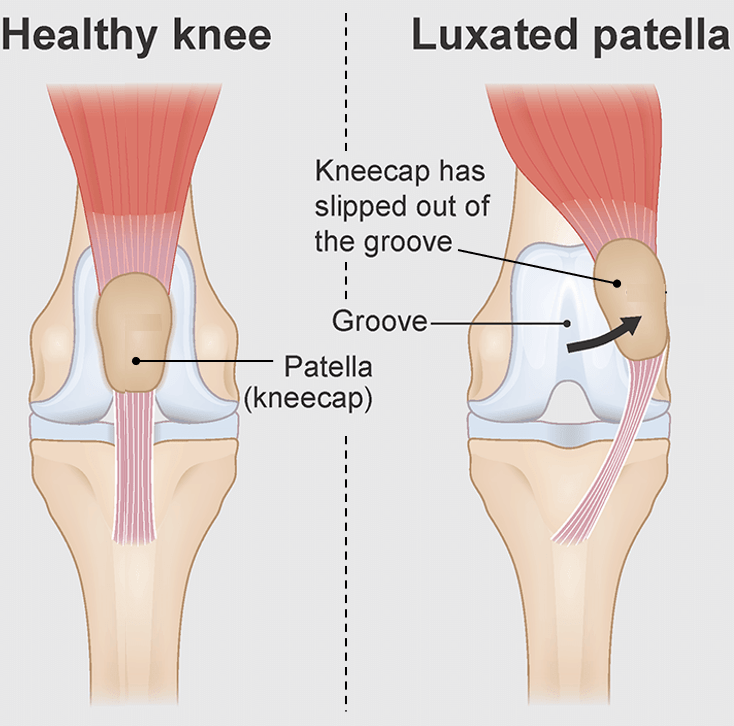
Which dog's can get a luxating patella?
Any dog could have a luxating patella however small dogs such as Chihuahuas, Pomeranians, Yorkshire Terriers and Toy Poodles are more commonly seen, as they have a genetic predisposition to patella luxation.
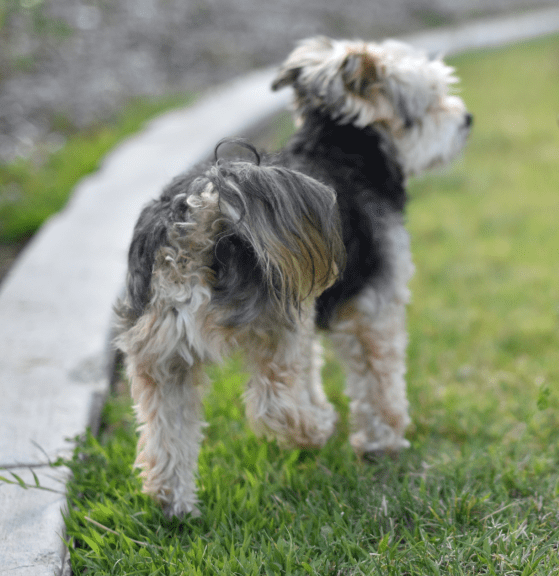
Clinical Signs
Signs of a luxating patella may include:
- Intermittent lameness/limping
- Sudden skipping or hopping while walking or running
- Frequent lifting of a hind leg off the ground
- Discomfort when the knee joint is touched
- In severe cases, complete inability to put weight on the affected leg
how to Diagnose a "Luxating" Patella
If you suspect your canine companion has a luxating patella or shows any of the clinical signs mentioned earlier, it is crucial to visit your veterinarian.
Your vet will conduct a thorough physical examination, observing your dog’s gait and mobility. They will place manual pressure on the patella to assess its stability within the joint. They may also perform X-rays to confirm the diagnosis and determine the grade of luxation.
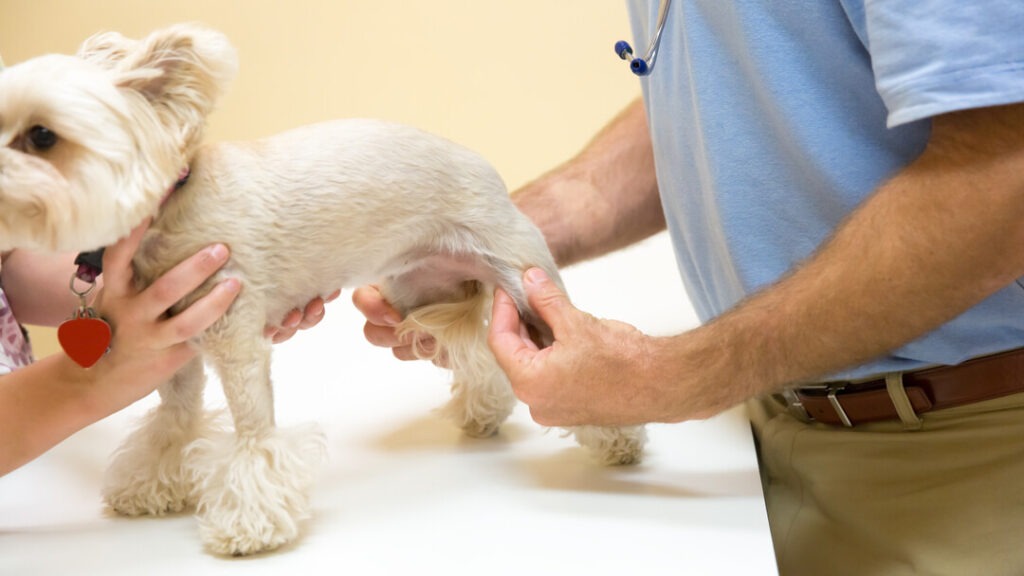
Grading of a Luxating Patella
Veterinarians use a grading system ranging from one to four to classify the severity of luxating patella’s.
- Grade I: The patella can be manually luxated but returns to its normal position when released.
- Grade II: The patella occasionally luxates on its own and may remain outside the groove for a short time before returning.
- Grade III: The patella is frequently luxated but can be manually returned to its normal position.
- Grade IV: The patella is permanently luxated and cannot be manually repositioned.

Treatment Options
The appropriate treatment for a luxating patella largely depends on the severity of the condition.
Low grade luxating patella’s can be tolerated well in some animals for their entire life with just conservative management. However, the higher the grade, the more frequently the patella is luxating outside the trochlear groove and the more likely arthritis will develop in that joint causing pain and mobility restriction. In these cases, a surgical approach is often necessary.
Conservative Management:
In mild cases (grades I-II), where the luxation is minimal, your vet may recommend a conservative approach.
This could involve:
- exercise restriction
- anti-inflammatory medications and joint supplements to manage pain and inflammation associated with a flare up.
Some small breeds can tolerate a low grade luxating patella for their entire life without requiring surgical intervention.
Physical Therapy:
Physical therapy and strengthening exercises can help support the knee joint and improve overall mobility in some cases.
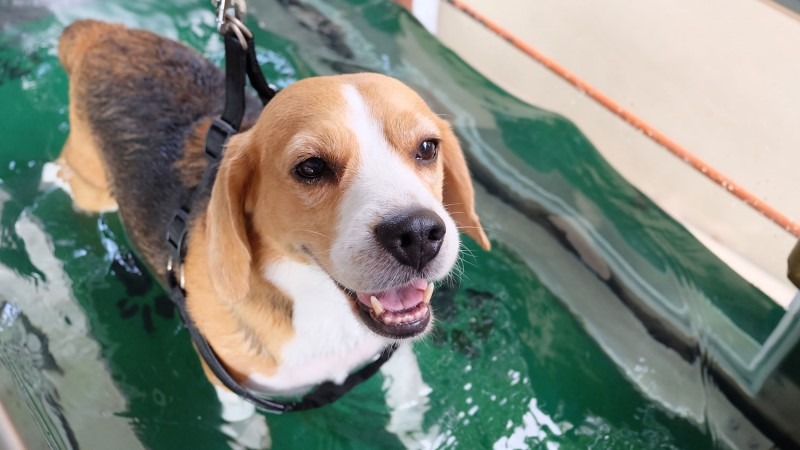
Surgical Intervention:
For more severe cases, especially grades III-IV, where your pet is frequently in discomfort, surgery may be the best option.
The surgical procedure has three aims:
- To realign the patella ligament and correct its point of attachment to the tibia so that there is less pulling force or strain placed on the patella.
- To deepen the trochlear groove in which the patella sits.
- To tighten the joint capsule, leaving less room for the patella to luxate.
After surgery, your dog will require a recovery and rehabilitation period, including controlled exercises and physical therapy, to regain strength and mobility in the affected leg.
Remember, early detection and intervention are crucial in managing luxating patella’s effectively. Regular check-ups with your veterinarian can help identify any potential issues early on and ensure your four-legged friend leads a comfortable, active life.
If you’re concerned about the health of your favourite pooch or would like to book a consultation, book an appointment today.
